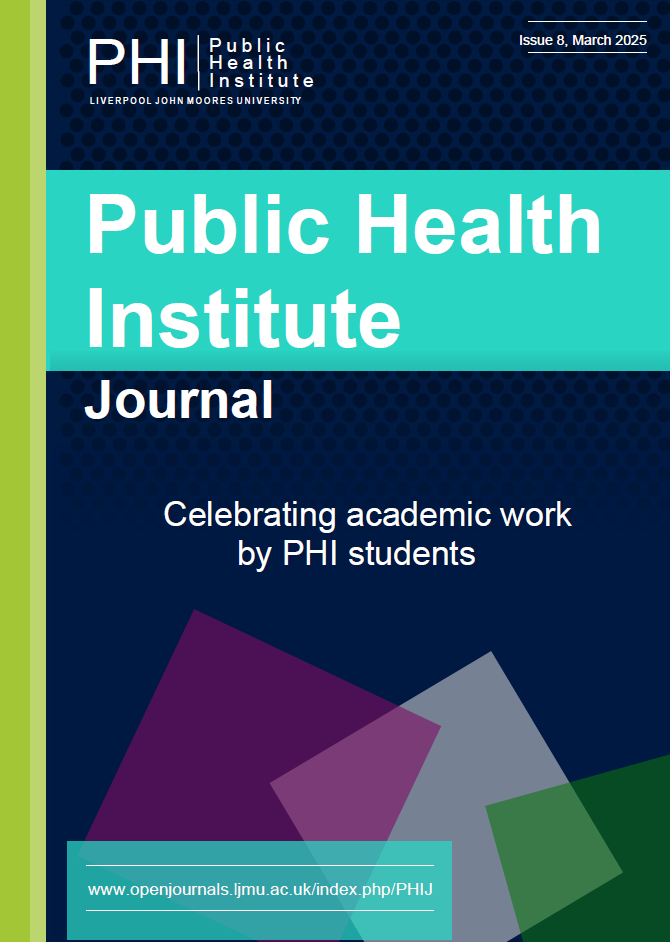A scoping review on contraceptive use (condom) and sexually transmitted infections in young people in Southeast Asia
Keywords:
STIs, Young People, Southeast Asia, Condom UseAbstract
Background: Sexually Transmitted Infections (STIs) is a public health concern due to the increasing incidence and prevalence around the world. Young People are mostly affected especially in Southeast Asia (SEA) due to involvement in risky sexual behaviours and lack of the use of condoms. The aim of the study is to explore studies which report on knowledge, awareness, attitudes, and risky behaviours related to STIs and condom use among young people in SEA.
Methods: This scoping review analyses the existing literatures to assess the extent of research that specifically investigates the topic of contraceptive use (specifically condoms) and sexually transmitted infections (STIs) in the population of young individuals residing in Southeast Asia (SEA). The PCC search Framework was adopted using key terms related to the topic and targeting articles published from 2010 to 2024, sought from CINAHL, Medline, Web of Science and PsycINFO. Duplicates were eliminated, followed by a sequential evaluation of the titles and abstracts, and finally a thorough examination of the relevant entire texts. Studies were chosen based on the given inclusion and exclusion criteria.
Results: Following the screening procedure, 11 studies were included in the review. Findings from the studies were categorized into four major themes; 1) knowledge and awareness of STIs 2) sociodemographic factors 3) factors associated with risky sexual behaviours, and 4) condom use and safe sex.
Conclusion: The review highlighted various factors associated with STIs and condom use in young people in SEA such as low levels of knowledge and awareness, engaging in unsafe sex, having multiple partners, and low socioeconomic status. This scoping review calls for increased investment in education, dissemination of information and awareness, interventions that emphasize self-efficacy in condom use and condom negotiation to prevent STIs and increase condom use.
Published
Issue
Section
License
Copyright (c) 2025 Joshua Williams

This work is licensed under a Creative Commons Attribution 4.0 International License.
Authors retain copyright and grant the journal right of first publication with the work simultaneously licensed under a Creative Commons Attribution License that allows others to share the work with an acknowledgement of the work's authorship and initial publication in this journal.


